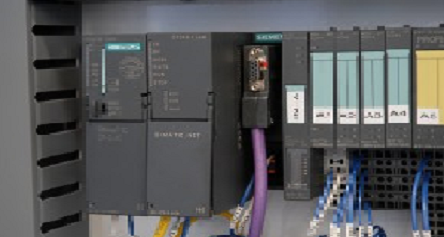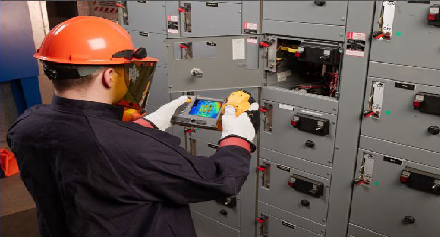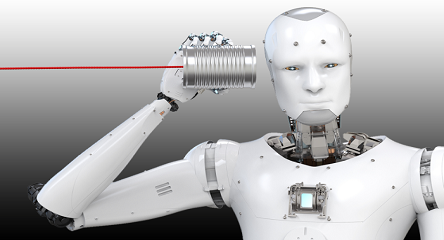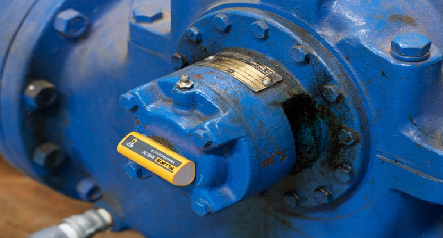Tony, how did you start your career in the condition monitoring industry?
About 18 years ago in the Pulp and Paper Industry.
How did you wind up with RDI Technologies and focusing on Motion Amplification?
My first introduction to Motion Amplification was at condition monitoring conference in North Carolina several years ago. I was so impressed with the technology as a “gap closer” between conventional data collection and more expensive ODS software that I immediately contacted my boss to inform him that we needed to keep RDI Technologies on our business road map as possible condition monitoring investment as we saw it mature to a point where we had a business case. Around a year later with the addition of frequency filtering, spectral and time waveform data etc. we purchased both the IRIS M and MX, and this has been one of the best condition monitoring technology investments that we have made.
What is Motion Amplification and how can a condition monitoring professional or reliability engineer interact with it?
Its strong suit is as a visual / conceptual tool. The technology is able to amplify small vibrations not seen by the human eye and then display the data in a format that stakeholders who may not be versed in the technical side of vibration analysis.
What can someone expect to learn when they attend your 1.5-hour Motion Amplification Session at The CBM CONFERENCE USA?
The wide range of applications where Motion Amplification, the accuracy of the frequency and amplitude data and hopeful the ROI that this technology has the ability to provide the customer.
What is the connection between RDI Technologies and Chevron?
I met Jeff at condition monitoring conference several years ago. He was manning the RDI booth at the time.
What do you foresee the future of Motion Amplification to look like?
Maybe future applications would include online systems of some type.






